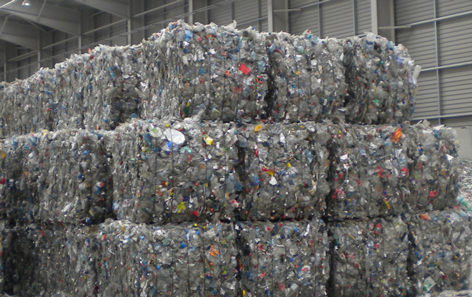EPA Reports on the Waste Sector

Waste is a significant issue for most industries and has the potential to cause significant environmental pollution and reputational damage if not managed properly. Enforcement of the waste sector in Ireland is carried out by a combination of the Office of Environmental Enforcement (OEE) in the Environmental Protection Agency (EPA), the Local Authorities and the National Transfrontier Shipment of Waste (TFS) office in Dublin City Council. Together they regulate waste collection, waste processing and transfer, waste recycling and recovery, waste incineration, export of waste for recovery/disposal and waste disposal by landfilling in Ireland.
The EPA has released its latest report on the enforcement of licensed waste facilities for the year 2013 entitled “EPA Licensed Sites Report on Waste Enforcement“. This report reflects some large changes in the waste sector brought about in recent years by the Waste Framework Directive and other associated legislation. Some of the key finds of the report are as follows:
Landfills
There has been a large reduction in number of open landfills, from 25 in 2010 to 9 at the end of 2013. This decrease is a result of Ireland’s commitment to reduce the amount of waste sent to landfill under the targets set by the Landfill Directive. Waste to landfill is now lower than ever before, down from 1 million tonnes in 2012 to 714,000 tonnes in 2013. This reduction in waste to landfill is set to continue and will give rise to an increase in the amount of waste used as Refuse-Derived Fuel (RDF) and Solid Recovered Fuel (SRF). In Ireland 220,000 tonnes of these waste types was handled at a single municipal waste incinerator and the amount of waste being exported to energy recovery facilities abroad doubled in 2013.
Compliance
The waste sector in Ireland accounted for a disproportionate amount of EPA legal actions in 2013. Over 500 complaints were received that year in relation to the 159 EPA regulated facilities. There were over 400 notifications of non-compliance (NONC) issued by the EPA in 2013 resulting in 83 Compliance Investigations being undertaken to tackle issues of non-compliance and underperformance. A compliance investigation is where the EPA takes an issue forward and proactively sets out measures to restore compliance. Consequently, the EPA took legal action against waste operators on 6 separate occasions in 2013, which included the prosecution of Company Directors at two waste companies. Company Directors can be held personally liable for breaches of environmental standards and the EPA, especially in the case of multiple offences, now frequently brings company directors before the courts.
Complaints
The EPA received 547 complaints during 2013 in relation to the 159 EPA regulated waste facilities. The majority of these related to landfills and non-hazardous waste transfer stations, which together account for 93% of complaints in the waste sector. The vast majority of complaints received (92%) were related to odour. A relatively small number of sites accounted for the majority of complaints received, with five sites (4 waste transfer stations and 1 landfill) accounting for 66% of all complaints in 2013. Overall the number of complaints received annually is trending downwards, however for now this area remains a priority for the EPA.
Incidents
There were over 500 incidents notified in relation to the 159 EPA regulated facilities in 2013. These incidents included having an emergency on site, having an emission which does not comply with the licence or exceeding a trigger level for a pollutant as specified in the licence. The majority of incidents related to landfills (85%) and many of these related to leachate levels in the base of cells exceeding the threshold whereby it should be pumped out and tankered off-site, or exceedances of gas levels in monitoring wells signalling the possible migration of gas off-site. There were 3 fires reported at waste facilities in 2013.
Outlook
Aiming to reduce the risk of fire is a major priority for the waste sector. The increased production and storage of RDF / SRF offers significant challenges to waste operators in terms of potential odour nuisances. The securing of financial provision for environmental liabilities at waste facilities will continue to be high on the EPA’s list of priorities, along with the enforcement against non-compliances with current waste legislation and licence conditions.
The full EPA report on waste enforcement at licensed sites can be viewed at the link below:
EPA Licensed Sites Report on Waste Enforcement
March 2016
